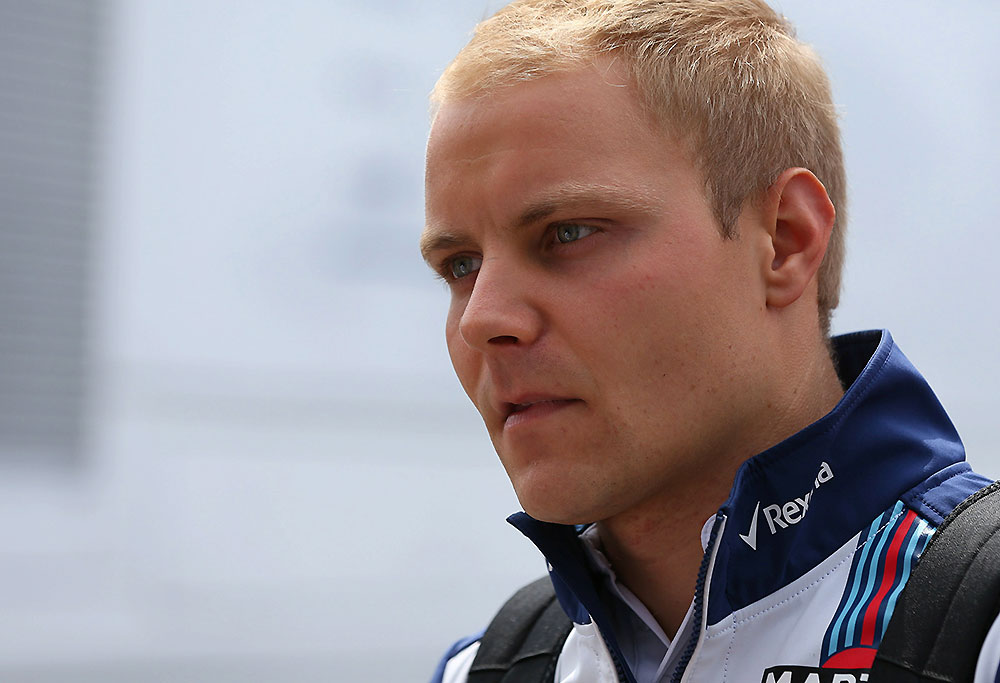Japanese Grand Prix talking points: Verstappen returns to winning ways as Perez solidifies grip on Red Bull seat
Red Bull and Max Verstappen vaulted right back to the top of the charts with a win in Suzuka, after his DNF in Melbourne.

In what might be their most rewarding season yet, Mercedes AMG have for the fourth consecutive year clinched the Formula One constructor’s championship – this time with three races to spare.
11 wins and 14 pole positions from the 17 races contested so far has yielded an unassailable 575-points for the Silver Arrows.
Rather than discuss how the competition lost grip on the championship in 2017, it is pertinent to celebrate the era of dominance that the powerhouses at Brackley and Brixworth have brought.
2017 saw a massive overhaul in the sport’s regulations, a change many hoped would dethrone the reigning world champions, as was the case with Red Bull in 2014 when they were brought to their knees with the introduction of the hybrid power-unit.
Initially, the Silver Arrows were challenged by a revitalised Ferrari, who appeared to have at last bridged the gap between the pivotal power-units and had chassis that, under the new aerodynamic specifications, was far stronger than the ‘diva’ W08 EQ Power+.
From a team perspective, the losses of 2016 world champion Nico Rosberg and technical director Paddy Lowe were nullified by the appointments of Valtteri Bottas and James Allison in the respective roles of driver and technical chief.
Bottas put a swift end to the chatter surrounding his position at the team, taking his first grand prix victory in Russia, admirably defeating Sebastian Vettel in the charging Ferrari. The Finn achieved a similar result in Austria from pole position, where he as the supposed ‘number two’ driver.
Supplementing his two wins, Bottas has stood on the podium on eight occasions in 2017, often scrounging results when his championship-leading teammate, Lewis Hamilton, struggled in the early part of the season.

GEPA pictures/Red Bull Content Pool
Russia, Monaco and Austria aside, three-time world champion Hamilton has enjoyed perhaps his strongest season in tandem with Mercedes AMG.
The challenge from an opposing outfit appears to have reinvigorated the Briton, following a shaky 2016 campaign which saw a more complete Rosberg win his maiden title.
Now, Hamilton stands too on the precipice of a fourth title, which would be his third with the Brackley squad and the icing on what has been a brilliant year for the team.
Winning a fourth straight constructor’s title, and in such comprehensive fashion, means Mercedes AMG may be the most dominant team in Formula One history.
When looking back in the archives, the era of McLaren and Honda in late 1980s and early ’90s stands out, as does Ferrari’s dominion at the turn of the millennium with Michael Schumacher.
However, since 2014, Mercedes have won 81.5 per cent of races contested, with a 92.1 per cent strike rate when it comes to pole positions.
Compare that to Ferrari’s run from 2001 to 2004, when the Scuderia won 69.1 per cent of races and were on pole 60.2 per cent of the time. McLaren’s figures from 1988 to 1991 also hold up strongly, with a 60.9 per cent winning ratio and an impressive 81.2 per cent strike rate for poles.
While there was no significant regulation changes during Red Bull’s period of domination between 2010 and 2013, it is still worth illustrating their numbers, winning just 53.2 per cent of races, with a 67.5 per cent pole position ratio.
What these figures highlights is the Silver Arrows’ peerlessness, above outfits who in their own time of ascendency were considered to be in another league.
Teams can fall into complacency, especially when it comes to a change in landscape with the regulations. Mercedes AMG still have the strongest power-unit of all the competition, though the proficiency of their chassis this year has also humiliated the likes of Ferrari and the so-called ‘aero kings’ at Red Bull.
And it all comes back to their no-nonsense approach to the introduction of the hybrid power-unit in 2014. Rather than bemoan the eco direction in which Formula One had decided to go in, as their rival constructors did, Mercedes pooled together the best team; with the sharpest engineers, world-class drivers and all led by firm leaders.
In a world where manufacturer involvement in motorsport is fickle, there is no guarantee that the Silver Arrows will remain involved in Formula One beyond 2020, as seen with the exodus of prodigious marques in the World Endurance Championship in favour of the all-electric Formula E.
Though, as with Audi and Porsche in Sportscar racing, Mercedes-Benz have achieved enough to earn the ‘dynasty’ moniker. Sealing the title in 2017 in a different Formula One to the previous year has only further cemented their legacy.